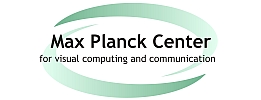| Foto | First Name | Last Name | Position |
|---|---|---|---|
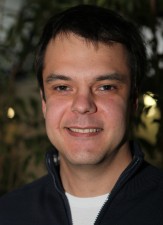 |
Mykhaylo | Andriluka | People Detection and Tracking |
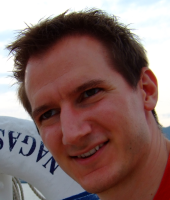 |
Roland | Angst | Vision, Geometry, and Computational Perception |
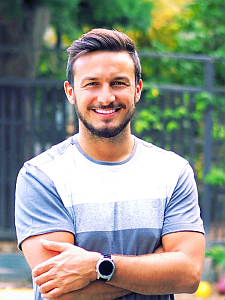 |
Tamay | Aykut | |
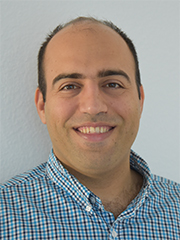 |
Vahid | Babaei | |
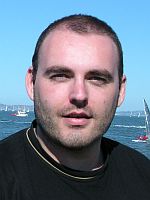 |
Pierpaolo | Baccichet | Distributed Media Systems |
 |
Volker | Blanz | Learning-Based Modeling of Objects |
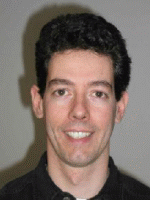 |
Volker | Blanz | Learning-Based Modeling of Objects |
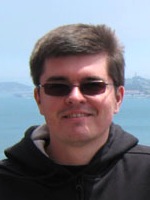 |
Martin | Bokeloh | Inverse Procedural Modeling |
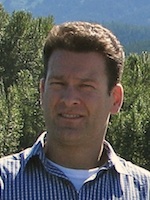 |
Adrian | Butscher | Geometry Processing and Discrete Differential Geometry |
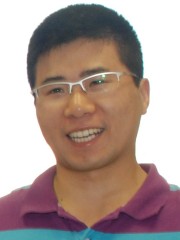 |
Renjie | Chen | Images and Geometry |
Researcher
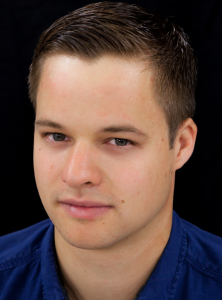 |
Dr. Michael Zollhöfer |
Visual Computing, Deep Learning and Optimization
| Name of Research Group: | Visual Computing, Deep Learning and Optimization |
| Homepage Research Group: | web.stanford.edu/~zollhoef |
| Personal Homepage: | zollhoefer.com |
| Mentor Saarbrücken: | Hans-Peter Seidel |
| Mentor Stanford: | Pat Hanrahan |
| Research Mission: | The primary focus of my research is to teach computers to reconstruct and analyze our world at frame rate based on visual input. The extracted knowledge is the foundation for a broad range of applications not only in visual effects, computer animation, autonomous driving and man-machine interaction, but is also essential in other related fields such as medicine and biomechanics. Especially, with the increasing popularity of virtual, augmented and mixed reality, there comes a rising demand for real-time low latency solutions to the underlying core problems. My research tackles these challenges based on novel mathematical models and algorithms that enable computers to first reconstruct and subsequently analyze our world. The main focus is on fast and robust algorithms that approach the underlying reconstruction and machine learning problems for static as well as dynamic scenes. To this end, I develop key technology to invert the image formation models of computer graphics based on data-parallel optimization and state-of-the-art deep learning techniques. The extraction of 3D and 4D information from visual data is highly challenging and under-constraint, since image formation convolves multiple physical dimensions into flat color measurements. 3D and 4D reconstruction at real-time rates poses additional challenges, since it involves the solution of unique challenges at the intersection of multiple important research fields, namely computer graphics, computer vision, machine learning, optimization, and high-performance computing. However, a solution to these problems provides strong cues for the extraction of higher-order semantic knowledge. It is incredibly important to solve the underlying core problems, since this will have high impact in multiple important research fields and provide key technological insights that have the potential to transform the visual computing industry. In summer 2019 Michael Zollhöfer joined Facebook. |
Researcher
- Name of Researcher
- Holger Theisel
- Homepage of Research Group
- First Name
- Holger
- Last Name
- Theisel
- Foto
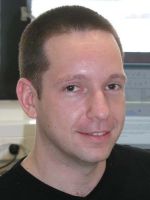
- Homepage
- www.ovgu.de/Theisel.html
- Phone
- Position
- Topological Methods for Vector Field Processing
- Mentor in Saarbruecken
- Hans-Peter Seidel
- Mentor in Stanford
- Categories
- Former Groups
- Research Mission
- During the last decade, Scientific Visualization has grown into an active area of research focusing on a variety of different applications. Among the data classes considered in visualization,flow data play an outstanding role. Flow data, obtained both from simulation and measurement processes, usually comes as 2D or 3Dvector fields. Currently, a multitude of different visualization techniques for flow data is available. Among them, topological methods have become a standard tool, because they promise to visualize even complex flow structures by only a limited number of graphical primitives. After their introduction as visualization tools by Helman/Hesslink, a considerable amount of research has been done in the field. The main idea of topological methods is to segment the flow field into regions of different flow behavior. This is done by extracting critical points and separatrices starting from the saddle points. These separatrices are certain stream lines for 2D vector fields and stream surfaces in the 3D case. Although topological methods are well-established for flow visualization, there is still a number of challenges and open problems to be solved. The research of our group focuses on two main directions: the treatment of the topology of time-dependent flow fields, and the application of topological methods for further problems, features and data classes. For time-dependent vector fields, two kinds of characteristic curves exist: stream lines and path lines. Since topological methods aim in the segmentation into areas of different flow behavior, two kinds of topologies can be distinguished for time-dependent vector fields: a stream line oriented topology, and a path line oriented topology. For a stream line oriented topology, topological feature of steady vector fields have to be tracked over time. Doing so, certain bifurcations may occur and have to be extracted. While local bifurcations (like Hopf bifurcations and fold bifurcations) are well-known for visualization purposes, our group is working on methods to extracting global bifurcations like saddle connections, closed stream lines and cyclic fold bifurcations. Although most topological methods focus on a stream line oriented topology, there is a demand for segmenting and understanding the behavior of path lines. The group is working on path line oriented approaches for 2D and 3D time-dependent vector fields. Topological methods can be used not only for visualization purposes but also in two other ways. First, they can also be used to construct, compress, compare and simplify vector fields. Among them, our group works on topology based simplification techniques for 3D vector fields. Second, topological concepts can be applied to other data classes (like volume data or tensor data) and other features of vector fields. In particular, we are working on applying topological methods to extract, segment and classify vortex core lines. Also, topological methods can be applied to vector fields which do not come from a flow simulation environment. In particular, we are working on extracting characteristic 2D and 3D vector fields from surfaces and apply a topological segmentation of them for shape and surface analysis.
- mission_rtf
- Name of Research Group
- Topological Methods for Vector Field Processing
Personal Info
- Photo

- Website, Blog or Social Media Link
